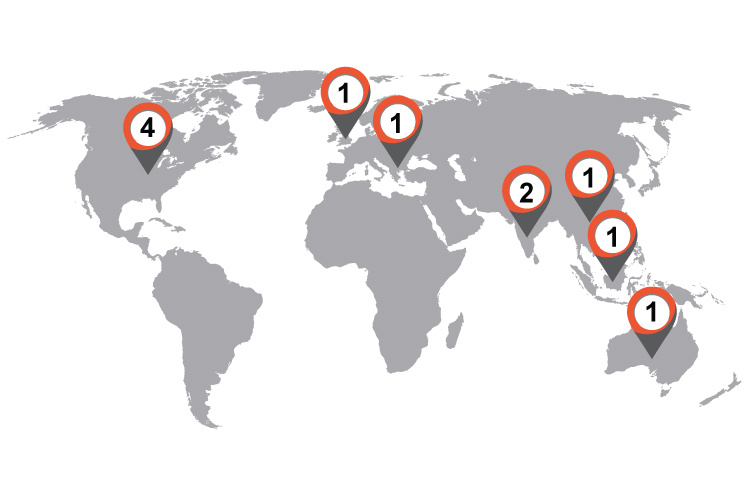
Product Selection
Product & System Arrangement Considerations
Whether it’s a small bearing replacement on a roller in a steel mill or a replacement of a bearing on a bridge cap, Hydraulic Technologies offers various product solutions to meet a wide array of demanding MRO applications. Utilize this section to navigate through the selection process:
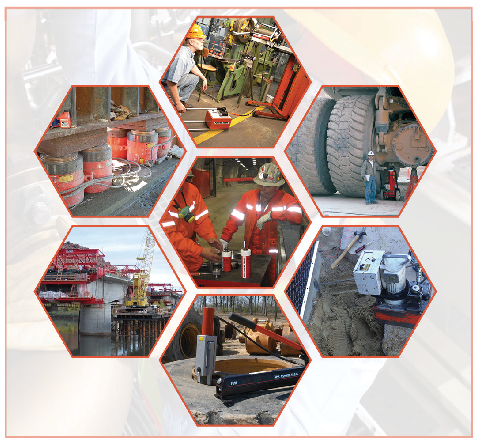
STEP 1:
Application Overview - determine the type of lift or positioning equipment required for your application.
Things to consider:
- Single or multi-point lift?
- Balance or unbalanced load?
- Guided or unguided load?
- Synchronized or unsynchronized positioning?
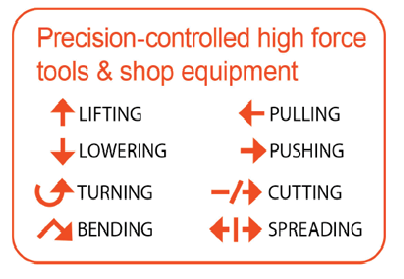
STEP 2:
What function is required? Understanding the application movement will determine the type of pumps and tools are required.
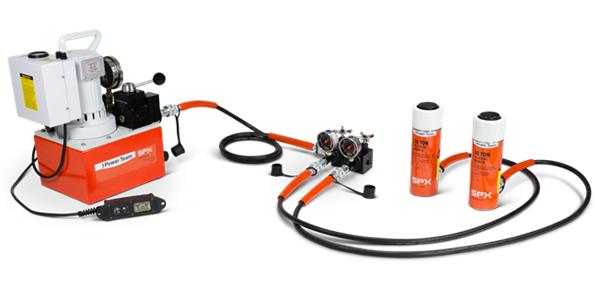
STEP 3:
What System Components are Required? Walk through the cylinder and pump selection process
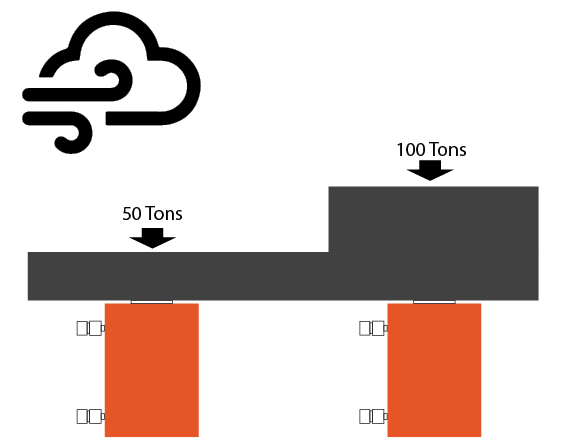
Key Points to Properly Sizing Hydraulic System
Questions to be considered:
- Total system load
- Application loading conditions
- Operating intervals
- Movement velocity requirements
- Environmental conditions
- Mounting requirements
- Pump configuration (manual or powered)
- Cylinder Movement (single or double acting)
- Return type (spring return, load return, or hydraulic return)
- Cylinder type (center hole, low height, or locking collar)
- Control options
- Automation needs (manual controlled or PLC controlled)
- System component hardware required
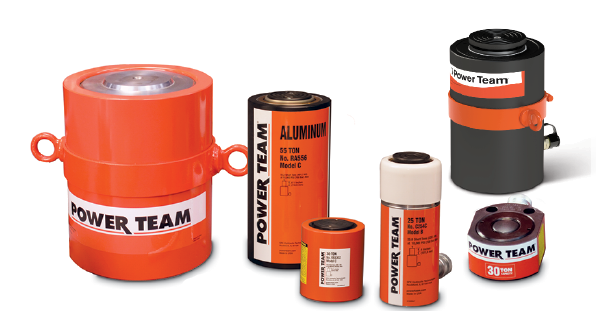
Cylinder Selection
Cylinder or Tool Type Consideration:
- Type of cylinder: Single or Double Acting
- Design Type: Spring Return, Load Return, Hydraulic Return
- Cylinder Design: Center Hole, Low Profile, or Flat Jack
- Material Type: Steel or Aluminum
- Footprint Requirement
- Lift Extension Needed
- Piston Saddle Type: Flat or Swivel Load Cap
- Handling requirements
- Tonnage Requirements

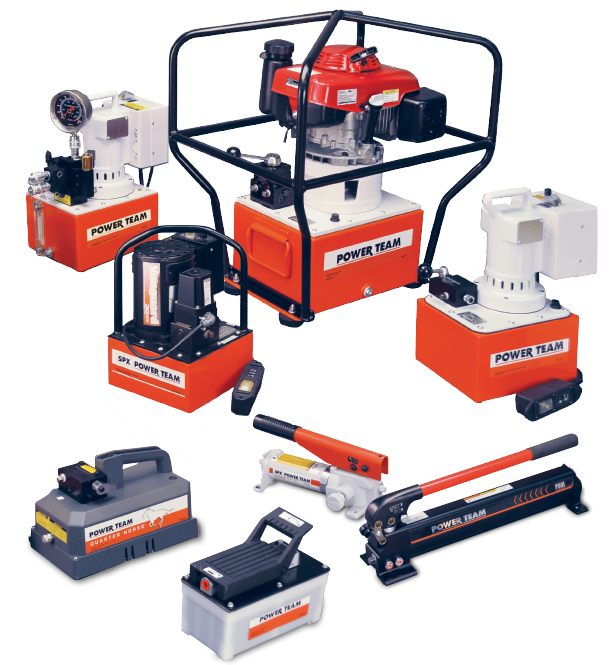
Pump Selection
Power Pump Considerations:
- What is the preferred source of power? Manual (hand or foot-operated) provides portability and can be used where electricity or shop air is unavailable. Air/Hydraulic: Uses shop air or a portable air compressor. Electric/Hydraulic: What voltage is available? Is a battery operated pump preferred?
- What maximum system operating pressure (psi) is required?
- Power or pressure control switching
What volume of oil delivery is required? (For manual pumps, cu. in. of oil per handle stroke. For powered pumps, cu. in./min. of oil). - Is a single-speed or two-speed pump required? (Two-speed pumps deliver high oil volume at low pressure for rapid cylinder piston advance and then shift to a high-pressure, low-volume stage under load.)
- Valve Control Requirements (2/3/4 Way, Manual or Solenoid)
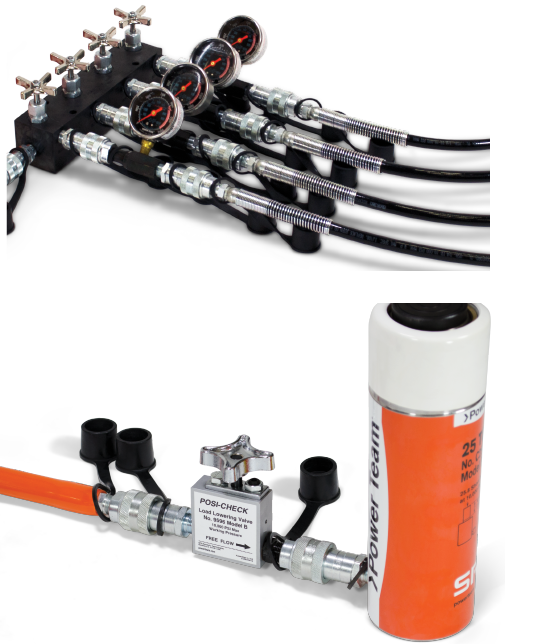
Accessories Selection
- Hose Type (Material, lengths and ID Size should be determined)
- Manifold Requirements (what controls are required for load control)
- Fittings required?
- Couplers required?
- Gauges (Analog and digital are available)
- In-line Valve / Flow Control Requirements (Meters flow)
- Do you need remote valves? (Will the valve be used with single or double-acting cylinders?)
- Will the valve be mounted on the pump, away from the pump or directly into the hydraulic lines?
- Will the valve be manually operated, or is a remote control preferred?
Is independent control of multiple cylinders or hydraulic tools preferred?

Connect with Our Team
Complete the form and a member of our team will get back to you shortly.
Solution Development
Technical Expertise
Accurate Estimates
On-site Support
Regulatory Guidance
- 1
- 2








































